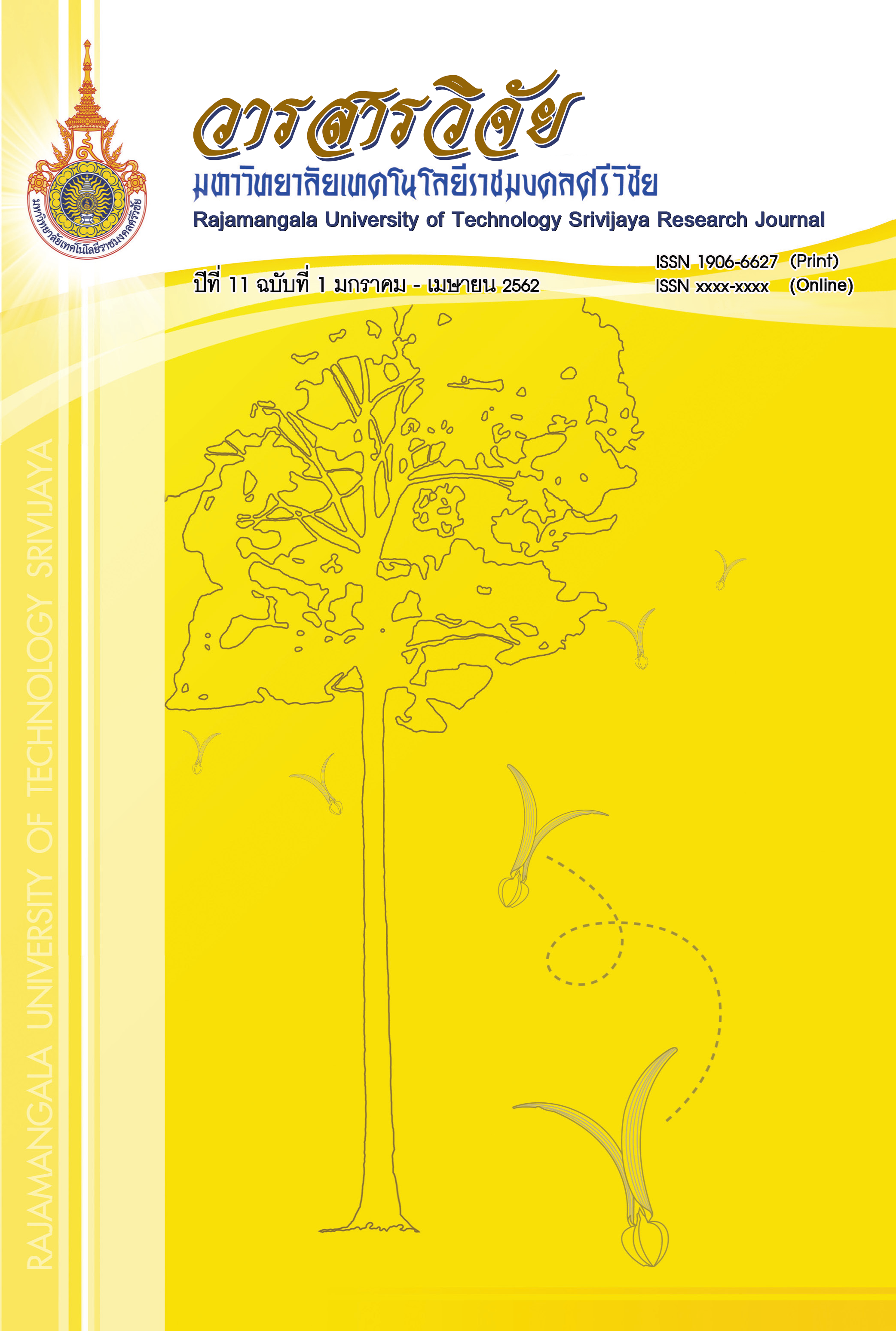Antibacterial Activity of Caulerpa racemosa var. corynephora Crude Extracts against Pathogenic Bacteria of Aquatic Animals
Abstract
Caulerparacemosa var. corynephora, the beneficial green alga generally found along the seashore of the Andaman Sea, was collected form the coastal area of Trang province, Thailand. This marine seaweed was extracted with six different solvents, namely hexane, dichloromethane, ethyl acetate, methanol, ethanol and water. Afterward, all crude extracts were tested for their antibacterial activities against four pathogenic bacteria of aquatic animals, namely Streptococcus agalactiae SAAQ001 which is gram-positive bacteria; Aeromonashydrophila AHAQ001, Vibrio harveyi VHAQ001 and Vibrio parahaemolyticus which are representative of gram-negative bacteria. In this study, the antibacterial activityinterpreted as zone of inhibition, minimal inhibitory concentration (MIC) and minimal bactericidal concentration (MBC) was tested. After having been investigated, the obtained results revealed that ethyl acetate crude extract of this alga exhibited the satisfactory effects on antibacterial activities against all tested pathogenic bacteria with the lowest MIC values ranging from 195.31µg ml-1 to 6,250 µg ml-1,and the lowest MBC values ranging from 781.21µg ml-1 to6,250 µg ml-1. As aforementioned, C. racemosa var. corynephora might be the potential source of bioactive metabolites; however, its phytochemicals should be further analyzed in order to identify the bioactive compounds responsible for antibacterial activity which could be used in management of bacterial disease in aquaculture as alternative to antibiotics.
Downloads
Published
How to Cite
Issue
Section
License
The content and information in the article published in Journal of Rajamangala University of Technology Srivijaya It is the opinion and responsibility of the author of the article. The editorial journals do not need to agree. Or share any responsibility.







